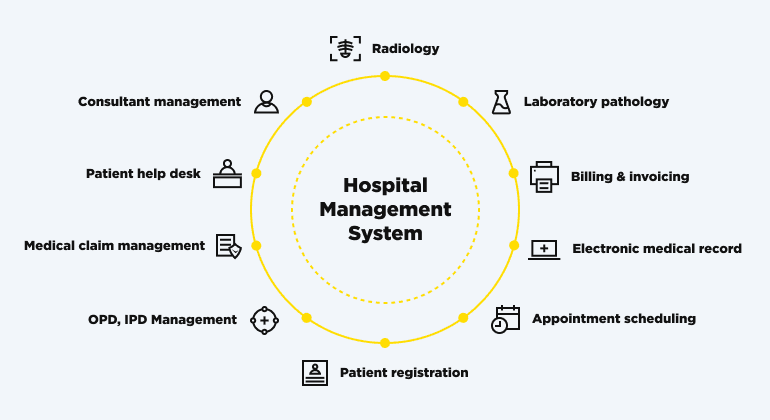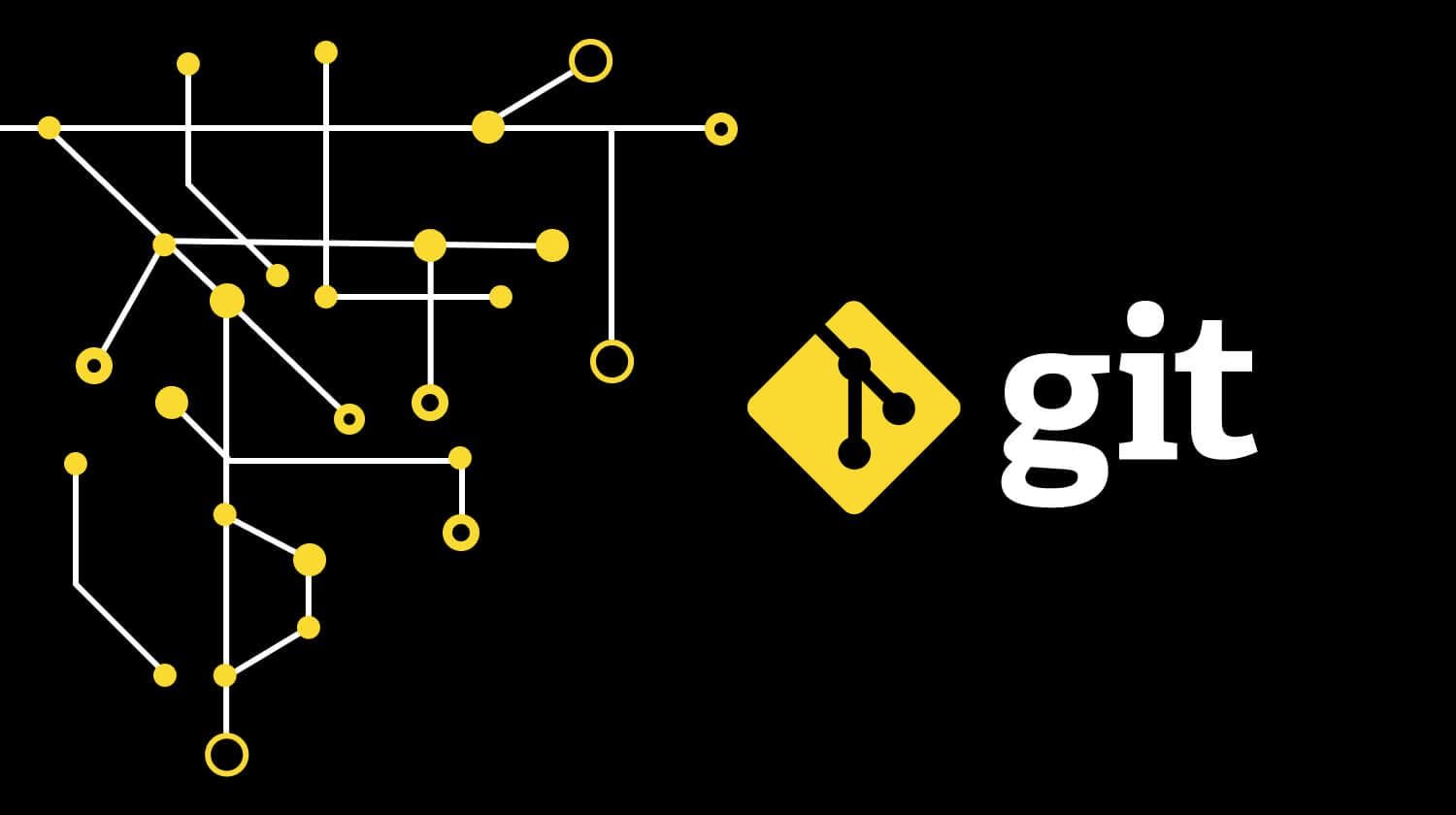Everyone dreams of a product that runs smoothly all the way after the launch. However, the reality may hit differently and require you to take some actions to avoid any performance bottlenecks. What are the common issues that may pop up? Pages take forever to load, servers get faster response times, features stop responding, and users start dropping faster than you can even say “system crash.” You may start wondering, “What’s the culprit?” Well, most likely, you’re experiencing software performance bottlenecks. Why is it so crucial to address such performance issues? Well, the most important reason is that 88% of users are not going to come back to your website or app after a bad user experience. Does it sound like a solid reason? We guess so!
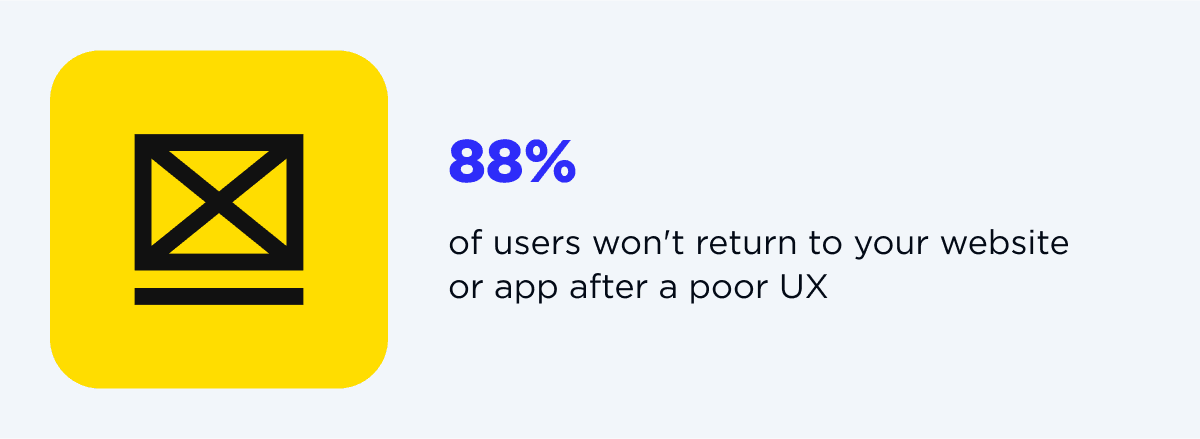
No matter how sneaky these issues are and how easily they can cripple, you should remember that it’s not just about most well-built applications but how perfectly they have been checked. Keep in mind that whether it’s a sluggish database, an overworked server, or a laggy front-end, bottlenecks disrupt user experience first of all and affect your outcomes.
But we have the good news. As long as you apply the right strategies and tools, you can spot these weak points and fix them even before they cause any damage. This is mainly the goal of this article – we want to break down everything you need to know about performance bottlenecks and how to identify and resolve them so that your software stays fast, reliable, and user-friendly. Let’s go!
How Do You Define Bottleneck in Performance Testing?
We’d like to make a super common comparison when explaining a bottleneck in performance testing. Imagine it as a traffic jam in your software. Basically, that’s the point when everything starts slowing down – the flow of data, processing speed, response times. It may cause your product to lag, freeze, or even crash. The explanation of this occurrence is rather simple – some component of the system (be it the database, server, network, or front-end) is just unable to keep up with demand. The most heartbreaking and damaging result is that it creates a frustrating experience for your users. Unfortunately, it may consequently hit your business reputation.
We always have some good news for you – when you identify such performance bottlenecks early, they are easily preventable. The main task for you is to partner with a dedicated team who will test for these hiccups during development. Only this way you can ensure your software handles all real-world demands smoothly.
What Impact Do Bottlenecks Have On User Experience?
When we speak about user experience, we hope you can also put yourself in their shoes. We’ve all been users and tried to shop online. So, imagine you want to order something, but every time you click “Add to Cart,” the page takes forever to load. Or just doesn’t respond. Will you continue shopping in this case? The answer is obvious. Because it is super annoying, right? Performance bottlenecks can really frustrate your users in the same way. And, obviously, it may lead to poor user experience, lost leads, lowered ranks, etc.
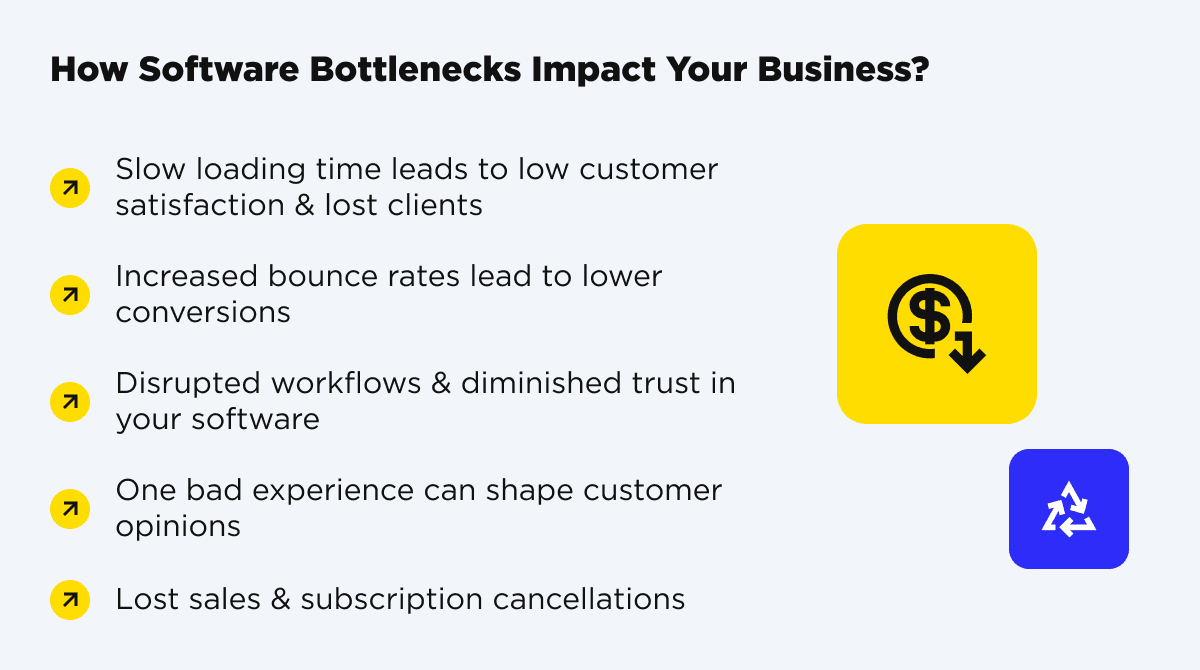
What are the common consequences of how software bottlenecks with your performance may influence:
#1 Slow loading times equals low customer satisfaction or even lost clients.
#2 Increased bounce rates leading to lower conversions.
#3 Reduced user retention (as we’ve already mentioned, 88% of them are unlikely to return after a poor interaction).
#4 Poor responsiveness causes disrupted workflows and diminished trust in your software.
#5 Negative brand perception – unfortunately, some people may form an impression after one negative experience.
#6 Loss of revenue – especially important for e-commerce and SaaS businesses as it leads to lost sales and subscription cancellations.
To cut a long story short, we want to suggest a report from Walmart that suggests that there’s a direct correlation between improved loading times and conversion rates. The report highlights that every second of improvement in performance leads to a 2% increase in conversions. Impressive, right?
What Are The Main Types of Performance Bottlenecks?
We cannot say that one performance bottleneck is more critical than another. However, they are definitely not equal. We’d like to acquaint you with common performance bottlenecks so you can tackle them effectively. Or, at least, so you could see there’s a way out.
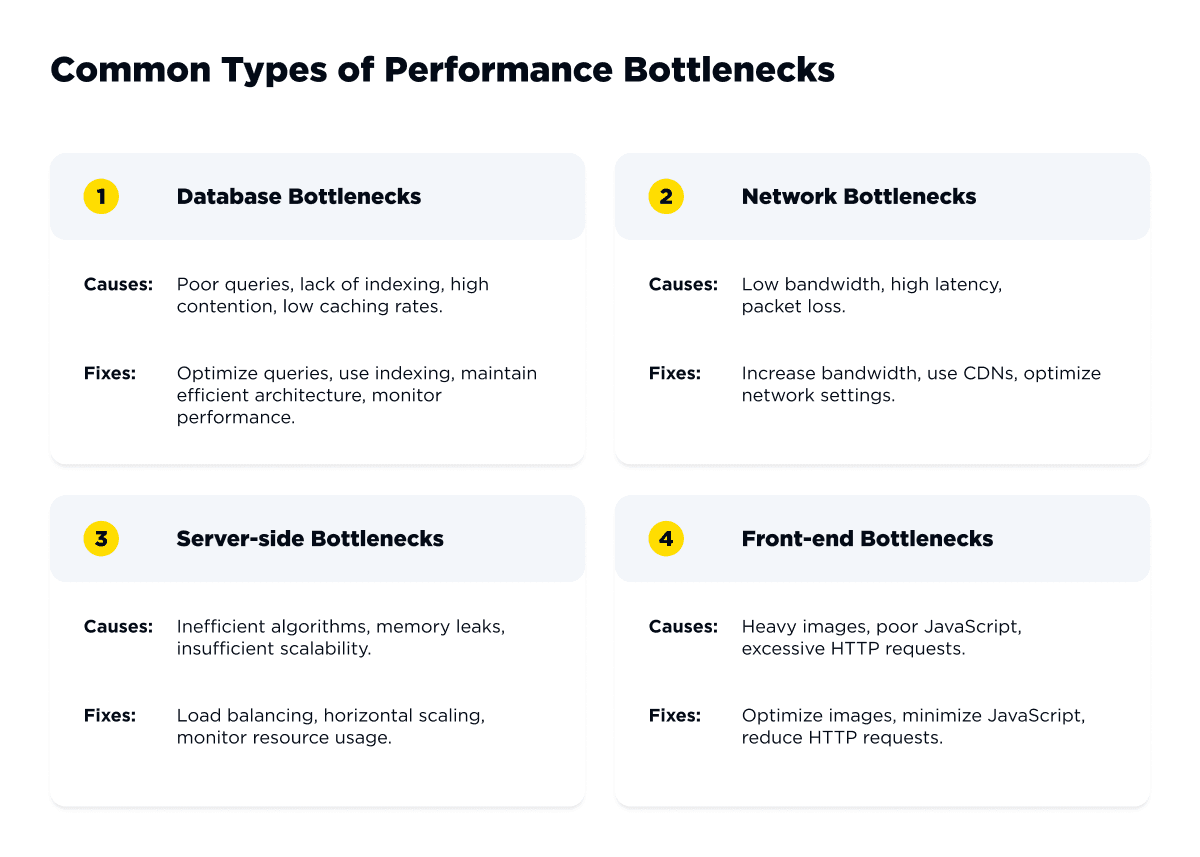
Database performance bottlenecks
This type of performance bottleneck is critical as databases are the backbone of most applications and websites. Relatively, when they don’t perform well, the entire system can suffer. What are the common reasons that may lead to this issue?
#1 Poorly optimized database queries (as a result of any inefficient data query, there is excessive processing power)
#2 Lack of indexing (database may find it difficult to retrieve the needed data efficiently)
#3 High contention (delays happen when the same data is accessed simultaneously by too many processes)
#4 Caching rates (when queries are not cached properly)
How can you solve it?
#1 Regularly optimize all inefficient queries
#2 Implement proper indexing
#3 Design and maintain an efficient database architecture
#4 Monitor database performance using the proper strategies, efficient algorithms, and tools
Network performance bottlenecks
What is another disturbing performance bottleneck? Of course, it’s slow networks. There’s no need for a long explanation. Network bottleneck happens when data transfer between servers, databases, and users is delayed. Let us just provide you with the reasons why it might occur.
#1 Low bandwidth (not enough capacity to handle traffic, especially for long-term storage of data)
#2 High network latency (because of physical distance or overloaded routers, there are delayed response times)
#3 Packet loss (when such data packets are lost, basically everything slows down)
Again, there’s always a way to prevent it from happening. How do you make it happen?
#1 Ensure adequate bandwidth
#2 Use content delivery networks (CDNs)
#3 Optimize network configurations and monitor traffic
#4 Implement error correction mechanisms
We should mention that all the fixes are always easy to solve for an experienced development team like OTAKOYI.
Server-side performance bottlenecks
Server bottlenecks are more serious than you might think. They basically handle the heavy lifting for most software products. Your performance may significantly suffer when they are overloaded and overwhelmed. What usually causes server-side code issues? Let’s discover.
#1 Inefficient algorithms often lead to CPU usage (CPU bottlenecks happen when processors are overloaded and just can’t handle incoming requests)
#2 Memory leaks (usually the result of inefficient code)
#3 Insufficient scalability (your software is not able to handle spikes in traffic)
How do you solve this?
#1 Use load balancing to avoid CPU utilization bottlenecks (it distributes the requests across multiple servers)
#2 Implement horizontal scaling (better have more servers)
#3 Monitor and fix memory bottlenecks through code reviews and debugging tools (there’re plenty to choose from, such as Valgrind, GDB, or VisualVM)
#4 Regularly monitor resource usage and adjust server configurations
Front-end performance bottlenecks
And we’ve reached the performance bottleneck that directly impacts what users see and experience – potential bottlenecks of the front-end part. How does it happen that they occur?
#1 Heavy images or videos (they take longer to load)
#2 Poorly written JavaScript (it may block rendering)
#3 Excessive HTTP requests (as a result, it slows down page load times)
Are there any solutions? Of course, there are! Let’s explore.
#1 Optimize images and videos (you can use, e.g., WebP for images and MP4 for videos)
#2 Minimize and optimize JavaScript (refactoring, asynchronous loading, and deferring what’s not needed)
#3 Reduce HTTP requests (the easiest way is to consolidate files, e.g., CSS and JavaScript, into fewer requests and apply lazy loading)
As you could’ve noticed, there are no performance bottlenecks that can’t be solved. The point is who is going to do that and how. Successful software is in the hands of pros.

Optimize your software performance
Contact usHow Do You Determine Bottleneck Testing?
To put it simply, bottleneck testing is a method of performance testing that helps identify weak spots in your software. You can think of it as a form of stress testing to check your optimal application performance. What happens when such testing is done? You basically push your software to its limits to see where things start to break down. Sounds exciting, right? You break it before you fix it yourself.
You can simulate high traffic, heavy data loads, peak loads, sustained loads, spikes in traffic, concurrency, data volume, etc. Once tested, it reveals which components are struggling to keep up. Once identified, these issues can be addressed. And all before they affect your users.
What Are Bottleneck Testing Benefits?
Some benefits of bottleneck testing may seem obvious. Let us break down the most important ones.
Streamlined performance
Regular performance testing ensures your software runs smoothly under real-world conditions and circumstances. When you identify and fix slowdowns, you deliver a seamless experience to your users.
Advanced troubleshooting
It is essential to find issues during the development stage. It saves a lot of time for later. Bottleneck testing figures out the root cause of problems quickly and helps you avoid long debugging sessions in the post-launch stage.
Cost-efficiency
It is really expensive to fix performance bottlenecks after release. Bottleneck testing reduces these costs as it addresses problems early in the development cycle.
Top-notch and proactive approach to problem-solving
This benefit is about predicting and preventing the issues before they can escalate. As a result, it significantly improves user trust and protects your brand’s image.
What Are The Most Common Ways To Identify Potential Performance Bottlenecks in Software Testing?
We’ve mentioned enough reasons why it’s crucial to address any potential performance bottlenecks. But how do you make it happen? There are some common ways, and you are about to find them out!
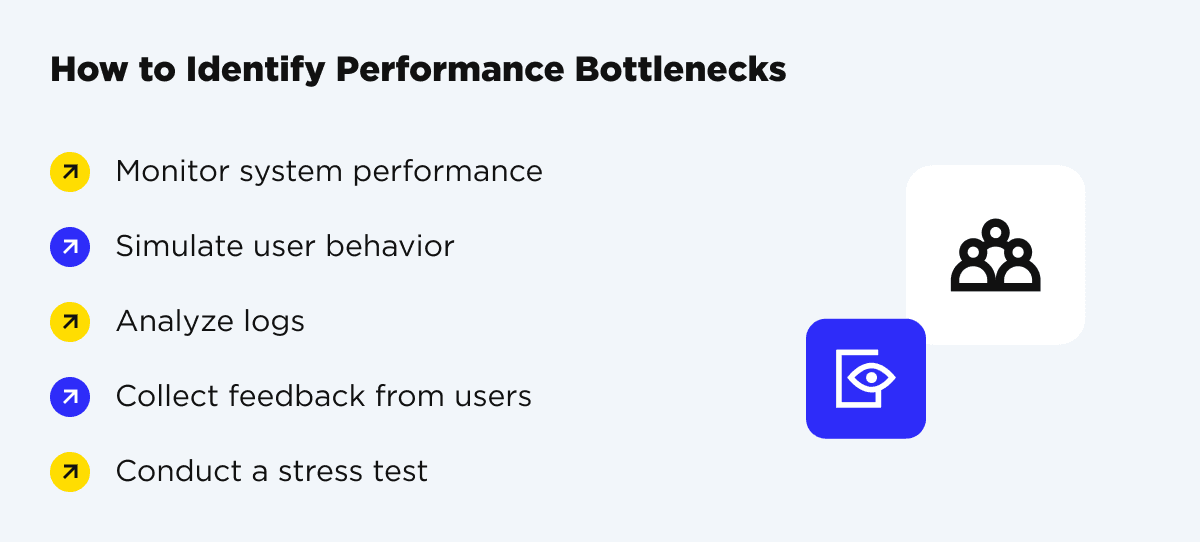
#1 Regularly monitor system performance
You can use tools like New Relic or AppDynamics to track CPU usage, memory usage and resource usage, as well as network usage.
#2 Simulate user behavior regarding your product
You may try load testing tools like JMeter or LoadRunner that can mimic real-world traffic. It helps find stress or weak points in your software.
#3 Analyze logs
As mentioned earlier, server logs often reveal recurring issues or errors under specific conditions. That’s why it’s crucial to analyze logs by collecting and reviewing error messages, system health data, and optimal performance metrics.
#4 Engage users
There’s no better way to identify performance bottlenecks, especially regarding the front end. Involving your potential end-users can bring you real-world feedback and provide valuable and detailed insights into bottlenecks that developers might have missed.
Identifying Bottlenecks: Best Practices Available
#1 Start as early as possible
Always include performance testing in your development cycle to catch issues before they appear.
#2 Prioritize critical aspects and paths
You should mainly focus on the components most essential to user experience.
#3 Test only under realistic conditions
The main task is to mimic real-world traffic and usage scenarios. Only this way you can have accurate and valuable insights.
#4 Collaborate and engage colleagues across teams
Everyone should be involved – developers, testers, and network admins. Together, they should work to tackle performance bottlenecks holistically and smoothly.
#5 Continuously monitor your software
Remember that it’s not a sprint but a marathon. Performance isn’t static and requires constant audit and continuous monitoring for long-term success.

Solve performance bottlenecks fast and efficiently
Contact usSoftware Performance Optimization Services: How OTAKOYI Can Help
It can be a daunting task to deal with performance bottlenecks. Remember – you don’t need to do it alone. Our team is here to help!
We specialize in optimizing software to ensure it’s fast, reliable, and scalable. Using only top-notch and state-of-the-art performance testing tools, technologies, and methodologies, we are to make your life better.
Partnering with us, you get benefits such as
#1 Can sufficiently reduce downtime and slow response times
#2 User satisfaction gets higher than ever
#3 Early identification of issues leads to saving money and resources
#4 Stay ahead of the competition while offering high-performing software
Remember, performance bottlenecks are inevitable. But with OTAKOYI, they are easily manageable.


